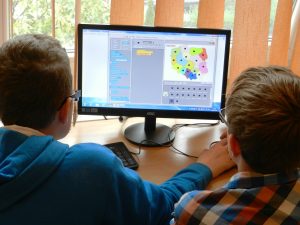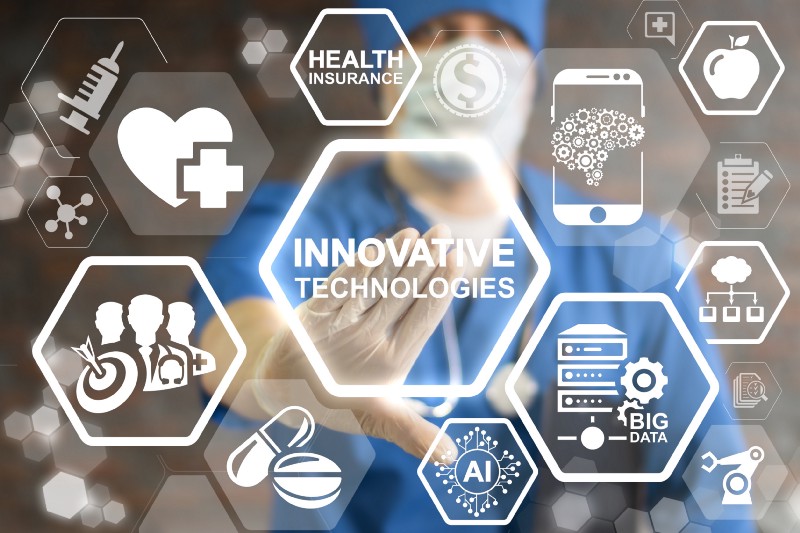Municipalities and City planners are finding huge benefits in IoT, from Service to Operations and Citizens alike. For example, in many cities âUrban Sprawlâ is a problem and it mainly refers to the unrestricted growth in many urban areas of housing, commercial development, and roads over large expanses of land, with little concern for urban planning. In addition, the term also relates to the social and environmental consequences associated with this type of rogue development.
Big data and the IoT offers endless possibilities to enable stronger decision-making that previously wasnât possible. By deploying sensors that can track activity and in real time and report its findings can immediately make cities more effective and efficient, which is necessary given the projected rapid growth in urban populations over the next few decades. Helping to plan parking structures, alternative transit options, traffic patterns and community feedback all driven by data will give planners the ability to create more efficient and eco-friendly solutions for cities.
Artificial intelligence (AI), machine learning (ML) and the Internet of Things (IoT) are all emerging (and buzz-worthy) technologies which have moved out of pure-tech circles and into the mainstream. The education sector is being revolutionized by applying these new solutions to age-old educational challenges. The case for IoT in the schools is stronger than ever before.
How will 5G, IoT and Education benefit in 2021?
The 5G capability will enable more than ever the expansion of connected âthingsâ simply by offering speeds of up to 100 gigabits per second, making it about 100 times faster than current 4G technology as a starter. This brings about massive scale and connectivity that can enable âconnectedâ learning and information to the fingertips of the faculty and student body.
The physical and digital Institutions become the key centerpiece for connectivity and automated intelligence that provide frictionless, touchless, and intuitive experiences-driven by a digitally connected campus and virtual world. When it comes to technology, todayâs K-12 and higher education faculty and students often embrace smarter solutions faster than the pace on which they study and work. Digitally savvy, they are accustomed to a world where homes, banks, retail stores and even sport teams offer seamless connectivity that is as much about the experience as it is about the capabilities that connectivity provides.
The 5G use cases offer flexibility in education. Educators with a core specialty can teach in classrooms all over the world, with live student participation. A middle school French class in New York can attend live lessons with students in France.
Many teachers already use social media to facilitate assignments or discussions outside of school hours, and recording virtual classes which allows students learn at their own pace or catch up on work which they may have missed.

The school labs can be equipped with 3D printers, digital chalkboard and virtual and augmented reality (VR/AR) stations. With 5G, when students use AR/VR technology, they can see rich computer-generated images and work simultaneously without experiencing any lag time. Students using AR/VR can also collaborate from different locations (say California and Texas ) in real-time, and what one student does in California will be experienced by the rest of the group. This isnât possible with traditional Wi-Fi or 4G. AR and VR environments pose interesting and innovative learning opportunities, and IoT connectivity and technological advancements mean immersive projections are more achievable than ever before.
What is the complexity of such a solution? How does sharing IoT help schools?Â
Hardware sensors to connect âthingsâ have been a major barrier in the past as well as the network needed to carry such massive amounts of data. Today, because of 5G and lower costs in manufacturing connected sensors, schools are no longer limited due to cost.
Schools become the recipients of all the things that the IoT produces in terms of connected capabilities. The data and analysis of such data becomes the tools for learning and understanding. In Science, Math and Technology driven Universities for example, the engineering of autonomous vehicles and their capabilities can drive innovation and learning for other autonomous âthingsâ. Since so much investment has gone into developing connected cars, there are ample whitepapers, data and test sites that show how IoT and AI is changing the automotive industry.
IoT trends and the emergence of 5G technologies will continually drive the next generation of digital business innovation. School Administration must keep this strategy in mind as they are funding capital innovation for any technologies that will impact their students, faculty and infrastructure. IoT and 5G will accelerate those initiatives in magnitudes that have proven benefit and those that havenât been seen before.
What strategy is Clovity employing to build upon these trends in IOT on Campus?
We believe that there is a great need to become a service for companies who do not have the skills or the technology to launch complex IoT initiatives. Like any success stories, companies rely on partnership or some type of 3rd party engagement to help them become successful. The rapid development in hardware, software and cloud solutions re-define the 4th Industrial Revolution and companies cannot invest or scale fast enough for go-to-market solutions, before the standards change again for the next generation and having to reinvest all over again. We believe that the development in Digital, Cloud, Data and Connected Solutions will drive the fast-paced ramp up of capabilities that companies will prefer to subscribe to like a SaaS model and look for partnerships to help them scale and get to market with their solutions vs spending the millions in this emerging technology that is IoT.
Clovity has taken an approach to put everything under a single umbrella for a single monthly price with their IoT as a Service offering. We will procure the hardware, cloud, network connectivity, configure our IoT platform CSensorNet and provide 24×7 support that can fit into any enterprise ecosystem. At the end of the day, the ROI for optimizing and utilizing IoT becomes months not years and the full IoT as a Service model makes sense.
Managing Campus Facilities & Monitoring Space Occupancy with IoT
Colleges and universities can greatly benefit from the implementation of IoT-as-a-Service solution. Security protocols can be automated across many buildings, keeping students safe even on large campuses. University facilities managers can utilize IoT devices and software to monitor and control energy consumption across campus and automate processes on a larger scale.
Occupancy sensors can provide holistic and real time snap shots of area and room usage to correlate responses with lighting, HVAC, and just provide overall understanding of how as space is being utilized. Understanding of this can lead to optimization, undiscovered work flow identification, costs savings, as well as revenue generation depending on the vertical this use case is deployed within. It has even proven highly important in pandemic management for understanding highly congested areas as well as patterns of occupancy to create smarter responses to adverse times.
IoT Asset Tracking in Higher Education
Clovity’s enhanced IoT asset tracking allows faculty members to keep tabs on equipment in order to make sure itâs in the right place and being used appropriately. IoT-enabled devices such as rentable laptops, tablets and other high value equipment can be monitored at all times.

In conclusion, the evolution of the next Industrial Revolution is real and taking shape in a number of industries, with the intent to directly impact the lives and experiences around the world. Â As we continue to evolve the development, the skills and the planning around 5G, the cloud, edge computing, blockchain and tons of other tools; we will then be drawn to the new theories and products that will connect us even further and create a mainstay of life that will re-define human behavior.
By Chris Medina, Chief Strategy Officer@ Clovity, July 6th, 2021


